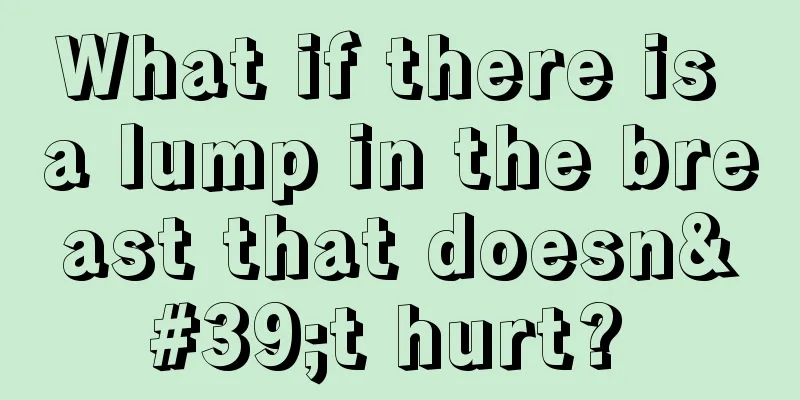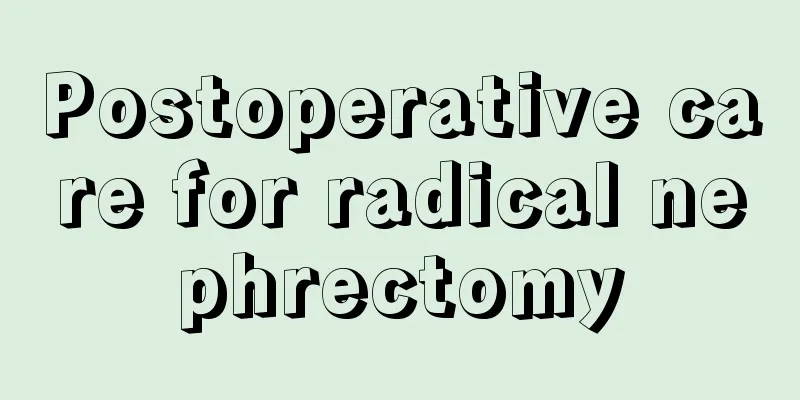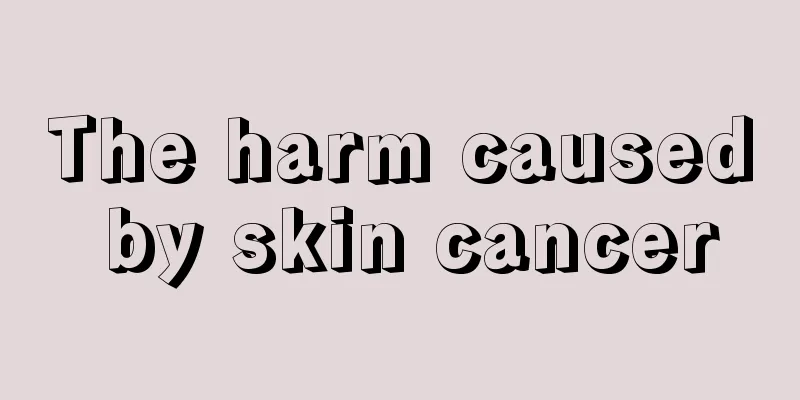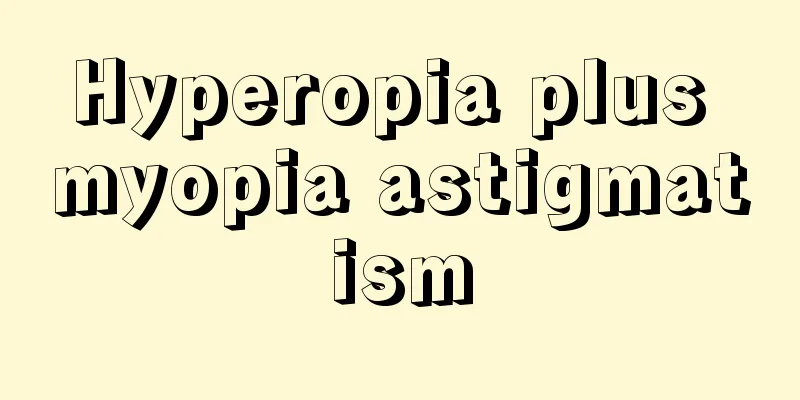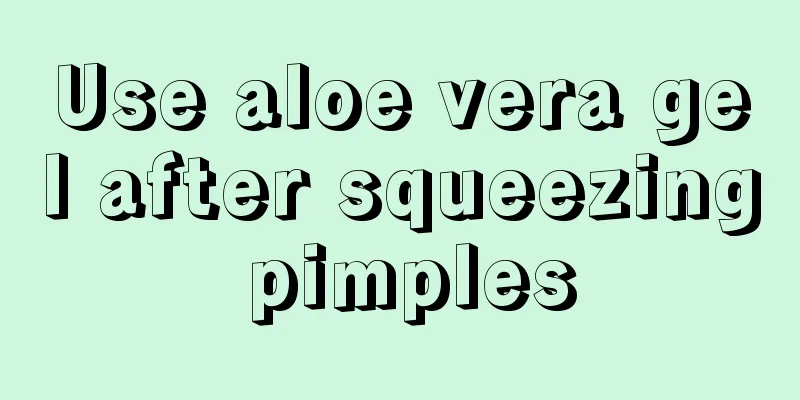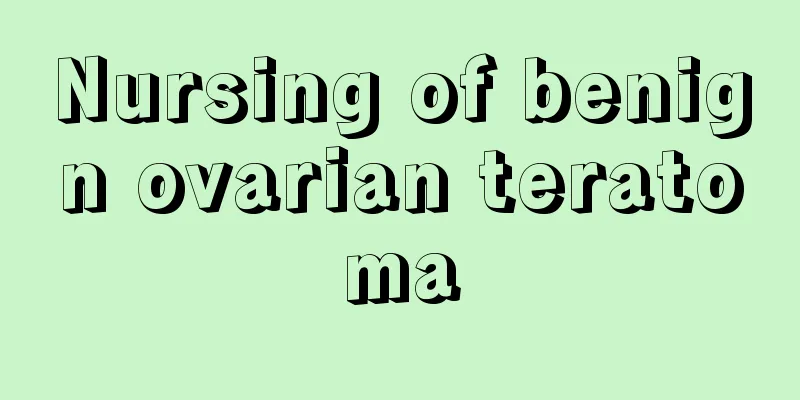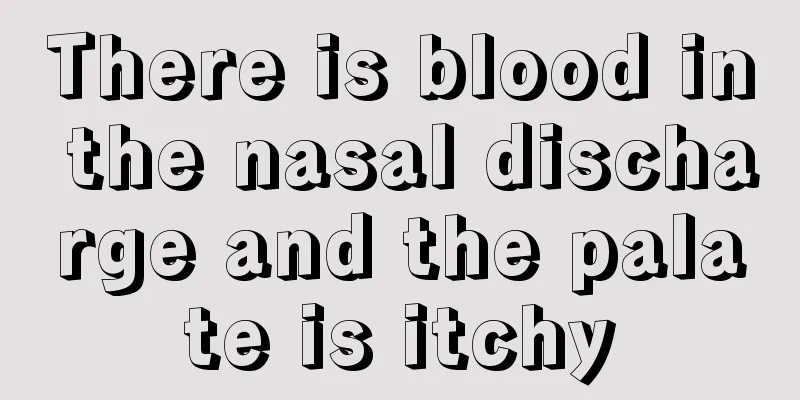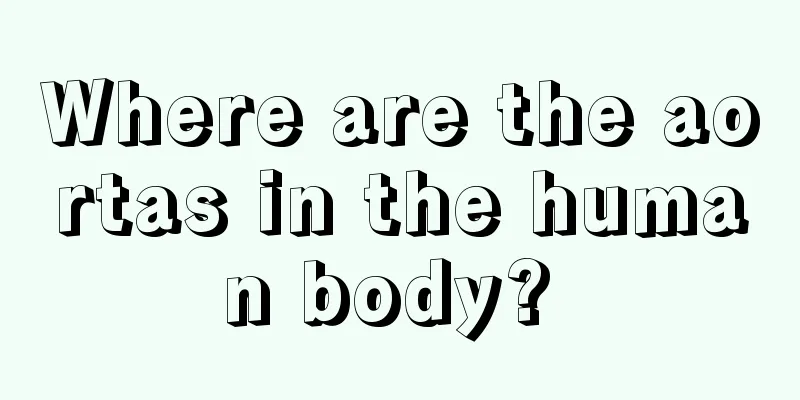What is the function of the right temporal lobe?
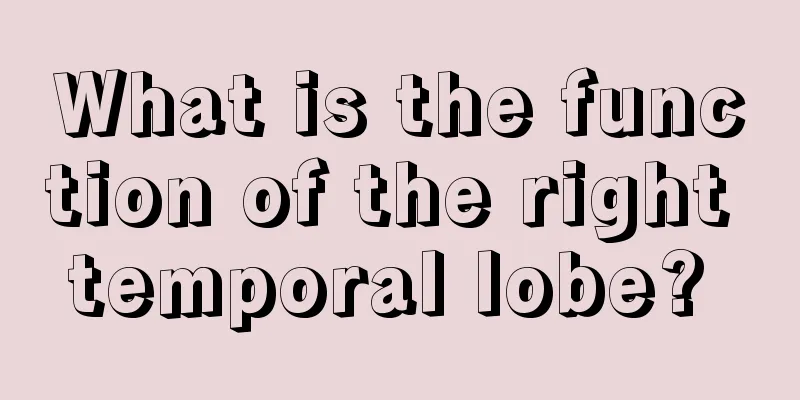
|
There are many diseases in the right temporal lobe of the human brain. For example, people with epilepsy have problems with the temporal lobe of the brain. The patient's consciousness will become hazy, there will be problems with language function, and thinking and sense of direction will be disordered. There will also be memory impairment, etc. This shows the great harm of diseases in the right temporal lobe. So what role does the right temporal lobe usually play? Functions of the right temporal lobe: The head is divided into left and right temporal lobes. The temporal lobe is located on the outer and lower sides of the head, next to the ears and inside the temples. The temporal lobe is located below the sylvian fissure, above the middle cranial fossa and the tentorium cerebelli, with the frontal lobe in front, the parietal lobe above, and the occipital lobe behind. The superior temporal sulcus, middle temporal sulcus and inferior temporal sulcus divide the temporal lobe into the superior temporal gyrus, middle temporal gyrus and inferior temporal gyrus. The tail end of the superior temporal gyrus rolls obliquely into the lateral fissure to form the transverse temporal gyrus. The fusiform gyrus is between the inferior temporal sulcus and the collateral fissure, and the hippocampal gyrus is between the collateral fissure and the hippocampal fissure. The hook of the hippocampal gyrus is located above the tentorium cerebelli, close to the edge of the tentorial notch. Areas 41 and 42 of the superior temporal gyrus and the transverse temporal gyrus are the auditory cortex areas. The posterior part of the superior temporal gyrus in the dominant hemisphere is the auditory speech center, called the Wernicke area, which also includes the posterior part of the middle temporal gyrus and the supramarginal gyrus and angular gyrus of the superior parietal lobule. The hook of the hippocampus is the olfactory and taste center. The front part of the temporal lobe is the mental cortex. Human emotions and mental activities are not only related to the orbitofrontal cortex, but also have a lot to do with the temporal lobe. The hippocampus is related to memory. The neocortex of the temporal lobe is connected to the neocortex of the frontal, parietal and occipital lobes by fibers; the hippocampus is connected to the basal ganglia and limbic system; there are also connections between the two temporal lobes. The auditory cortex receives impulses from the medial geniculate body and from the contralateral temporal lobe via the corpus callosum. The uncinate fasciculus bypasses the Sylvian fissure to connect the temporal and frontal poles. The cingulate bundle has fibers to the hippocampus. The anterior part of the cingulate bundle is connected to the uncinate fasciculus. It also receives impulses from the anterior and dorsal nuclei of the thalamus and the reticular nucleus of the brainstem. The efferent fibers of the temporal lobe include the corticogeniculate fasciculus and the corticomesencephalic fasciculus. The temporal lobe is located below the sylvian fissure, above the middle cranial fossa and the tentorium cerebelli, with the frontal lobe in front, the parietal lobe above, and the occipital lobe behind. The superior temporal sulcus, middle temporal sulcus and inferior temporal sulcus divide the temporal lobe into the superior temporal gyrus, middle temporal gyrus and inferior temporal gyrus. The tail end of the superior temporal gyrus rolls obliquely into the lateral fissure to form the transverse temporal gyrus. The fusiform gyrus is between the inferior temporal sulcus and the collateral fissure, and the hippocampal gyrus is between the collateral fissure and the hippocampal fissure. The hook of the hippocampal gyrus is located above the tentorium cerebelli, close to the edge of the tentorial notch. The blood supply of the temporal lobe is as follows: the anterior temporal branch of the middle cerebral artery supplies the lateral surface of the temporal pole, the middle temporal branch supplies the central part of the lateral surface of the temporal lobe, and the posterior temporal branch supplies the posterior part of the temporal lobe. The posterior cerebral artery gives off anterior temporal branches to supply the uncus, hippocampus, and anterior part of the fusiform gyrus. The anterior choroidal artery supplies the temporal pole, hippocampus, and uncus. |
<<: Is it okay for a 6 month old baby to sleep on his stomach?
>>: Tips for preventing rice from sticking to the rice cooker
Recommend
Is a perforated eardrum considered a minor injury? What should I pay attention to?
Eardrum perforation is a type of middle ear traum...
How to remove stains from clothes
If the clothes you wear are light-colored and you...
What are the magical uses of beer
Beer is a common alcoholic beverage in our daily ...
Antihypertensive drugs that do not cause edema
When people have hypertension problems, they will...
The efficacy and function of green hair crystal
Green Rutilated Quartz is a natural crystal that ...
What are the diagnostic methods for elderly patients with lung cancer? The diagnostic methods for elderly patients with lung cancer are revealed
Lung cancer is a malignant lung tumor. Most of it...
What's the use of expired skin care products
During the period when people use skin care produ...
What are some tips for cleaning your range hood?
The thing people fear most when cooking in the ki...
What's the matter with rough nails
The human body needs to be replenished with some ...
Tumor on the lumbar spine?
Lumbar spine tumor is a very common tumor. Althou...
What are the symptoms of early gastric cancer
So what are the early symptoms? 1. Regardless of ...
How do mites form?
Mites are actually common pests in our daily life...
Can moxibustion cure leg pain?
Using moxibustion to treat leg pain is actually a...
Common methods for treating teratoma
Even a relatively minor disease can cause harm to...
What are the side effects of flower tower candy
Many children like to eat flower tower candies in...
